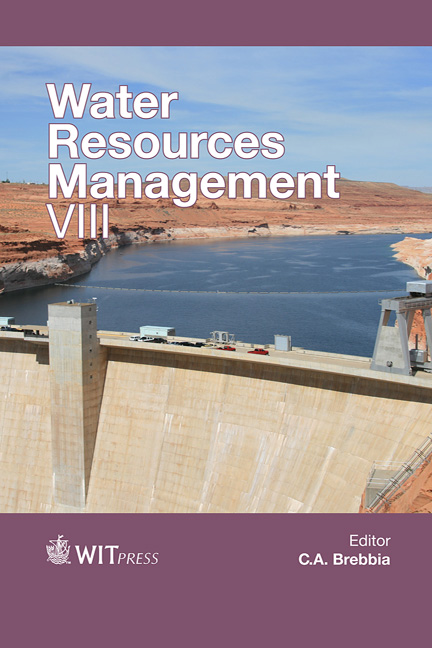Stable Isotopes (δ18O And δD) Analyses To Identify The Main Sources Of Aquifer Recharge In The Brussels Capital Region (Belgium)
Price
Free (open access)
Transaction
Volume
196
Pages
11
Page Range
183 - 193
Published
2015
Size
888 kb
Paper DOI
10.2495/WRM150161
Copyright
WIT Press
Author(s)
K. De Bondt, P. Claeys
Abstract
Urban aquifers are particularly difficult to manage mostly because urban activities and infrastructures severely impact their recharge. Impervious surfaces reduce the natural infiltration of rainwater, concurrently waste and drinking waters represent an important contribution to the aquifer recharge. These modifications vary geographically due to the local particularities of the urban infrastructures but also in function of the type of aquifers (perched, confined) present. We analyzed the stable isotope (δ18O and δD) composition of more than 500 samples of ground water, drinking water and rainwater within the Brussels Capital Region (BCR), collected between 2010 and 2013, to distinguish the main sources of aquifer recharge. The results show distinct isotopic values for the aquifers in the BCR. These values are used to assess the connectivity between aquifers. The “Brussels Sands” aquifer shows stable isotope values varying in concordance with the spreading of the urban settings above this unconfined aquifer. The possible causes of the urban effect on the isotopic signature are discussed by comparison with the values obtained for rainwater, as well as waste and drinking waters. The stable isotopes analyzes (δ18O and δD) may also be coupled with other isotopes or chemical signals and constitute a useful tool for urban aquifers management.
Keywords
urban aquifer recharge, ground water resource management, stable isotopes, cavity ring-down spectroscopy





